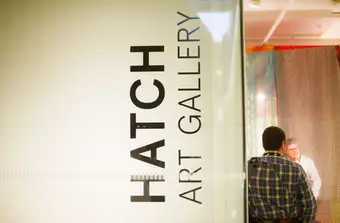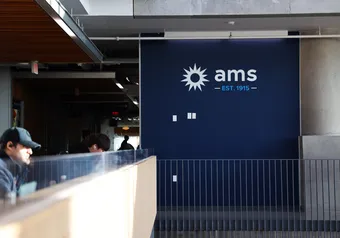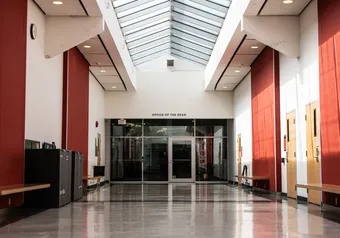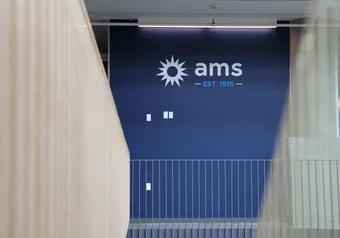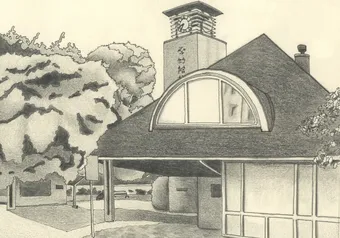An AMS committee designed to plan and execute the sale of its permanent art collection has expired before it could complete its goals, forcing the society to extend its mandate to an uncertain date.
In 2017, a referendum was passed authorizing the AMS to pursue the sale of up to four pieces of art from its permanent collection. To facilitate those sales, the Ad-Hoc Committee for the Sale of Hatch Art Planning and Execution (SHAPE) was formed. Its members were charged with exploring avenues for selling, reappraisal and repairs for the 72-piece collection, and to determine how to disperse the revenue from a potential sale.
The committee’s deadline of April 30, 2018 has since come and gone — but they failed to submit their final recommendations by that date, or sell any of the four pieces.
At the May 9 AMS Council meeting, it was revealed that the committee had only met twice in the past year. At the same meeting, the AMS also held nominations for a new committee chair and members, indicating that SHAPE would be “revitalized.” Its mandate has now been extended to an indefinite time.
AMS President and new SHAPE Committee Chair Marium Hamid acknowledged that SHAPE’s progress has been slow, but said the previous committee’s report will at least serve as a framework for future action.
SHAPE identified two pieces with the highest likelihood of selling, which are Jean Paul Lemieux’s Jeune Fille En Uniforme and Rodney Graham’s Psychopathology of Everyday Life.
Lemieux’s painting in particular is in good condition and has increased in value since it was last appraised in 2016. Insurance and maintenance costs also influenced the decision to sell, although better security and storage conditions in the Nest helped to mitigate those costs.
Hatch Art Gallery Director Maxim Greer said these pieces are selected because they were directly acquired by the society. Selling donated or commissioned paintings, he noted, is an “ethical breach.”
Works by artists like the Group of Seven will remain.
The AMS currently intends to pursue a sale through Heffel, a Canadian fine art auction house. The resulting revenue would likely go towards restoring the collection, said Hamid.
However, Hamid also said the previous committee “never reached a conclusion” on that report by the deadline, meaning some objectives were not completed.
The collection
The permanent art collection was started in 1940 by English Professor Dr. Hunter Lewis. Since then, its size and value have expanded remarkably — but so have its upkeep costs.
In 1955, Lewis was part of a committee that received $500 from the Student Council to grow the collection. They quickly acquired the painting Northern Image by Lawren Harris, who is best known as a member of the famed Canadian Group of Seven. That piece is now among the most valuable in the AMS collection.
In 1958, the collection expanded again thanks to a donation from Maclean’s magazine. By 2016, an appraisal found the collection to be worth nearly $4 million.
But today, these pieces are more a burden than an asset. The society’s 2018/19 preliminary budget indicates $3,000 will go towards maintaining a collection that the public rarely ever gets to see.
For decades, most of the works in the collection have rarely been displayed publicly, and most students aren’t even aware it exists.
“Once the sale is done, we have no say in how the art is presents, or kept, or preserved,” said Hamid. She suggested selling or loaning the art to venues like UBC’s Belkin Art Gallery or the Alumni Centre as a way of keeping the collection close to students while increasing its visibility.
Hamid also suggested creating a digital gallery on the AMS website to make the art accessible to the public.
“Displaying [the art] in and of itself is not accessibility,” she said. “Accessibility often comes in the way things are displayed, the information that is given and the promotion that is done.”
The Hatch has begun displaying pieces from the collection as recently as November 2017 and must do so twice per year under its mandate. Greer intends to increase this to two or three pieces, rotating each month. There are plans for a 70th anniversary exhibition in early 2019.
But — at least for now — the art lies in storage, unavailable to the public and the students who own it.
First online
Share this article


